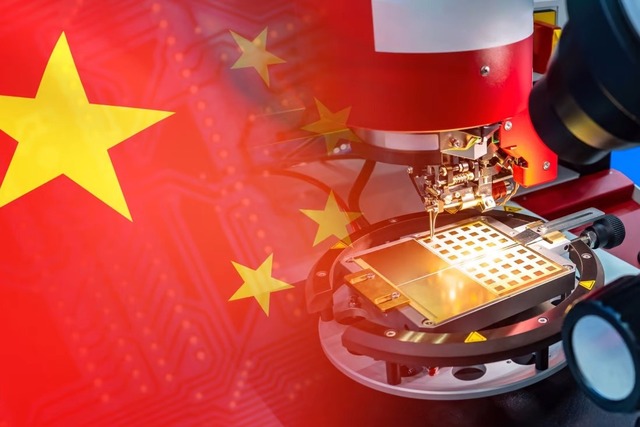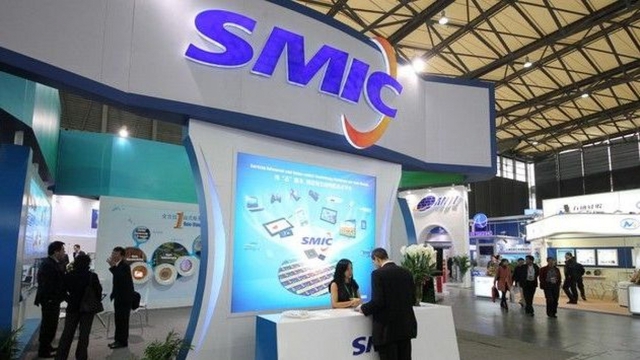Chinese experts dispute the role of 'chiplets' in achieving semiconductor self-sufficiency
HiSilicon, the in-house chip design unit of telecommunications giant Huawei, was one of the first companies in China to work on chiplets.
Chinese semiconductor experts are debating the viability of "chiplet" technology as a shortcut to achieving chip self-sufficiency. If it succeeds, or fails, this is an issue that could have far-reaching implications for the country's development of high-tech and semiconductor supply chains.
The chiplet, essentially a pre-developed silicon die, can be packaged into a more complex processor. Over the years, they have grown in popularity because they help reduce design costs and may even provide a solution to extending Moore's Law, which involves doubling the number of transistors on a single transistor. integrated circuits (ICs) every two years.
Because instead of manufacturing just one processor on a piece of silicon with the desired number of cores, chiplets allow manufacturers like AMD and Intel to use a combination of many small chips to form a larger, more active integrated circuit. move more efficiently.
For China, chiplet technology is particularly attractive because it opens up the possibility of combining a series of chips at the 14-nanometer node - the technological node that the country can manufacture - with other chips that it cannot produce, to make a semiconductor that is stronger and equivalent to an advanced one like a 7nm or even 3nm node chip. Thereby, it can help reduce the impact of trade sanctions from the US.

According to some experts, chiplets are not a substitute for advanced chip manufacturing, but can help China improve the performance of domestically produced chips.
HiSilicon, the in-house chip design unit of telecommunications giant Huawei, was one of the first companies in China to research chiplets. Besides, another semiconductor company, VeriSilicon, is also pursuing this technology.
VeriSilicon CEO Wayne Dai said during an online conference last week that chiplet technology will allow China to build a "strategic warehouse" of advanced central processing units (CPUs) and graphics processing units (GPUs), as well as the core chips used in computers and electronic devices.
"Chiplets are important for China in addressing supply chain bottlenecks," Dai said, referring to the country's need to import advanced chips, such as CPUs and GPUs. Dai said the technology provides an opportunity for China to stockpile chiplets, so that they can be used at a later stage to produce more powerful processors when needed.
Although China is lagging behind the West in semiconductor fabrication, it has a well-established infrastructure for chip packaging and assembly, as well as a process for assembling tissues- heat the chiplet into a larger package.
However, Wei Shaojun, a professor at Tsinghua University and a leading expert on microelectronics, said chiplet technology can only be a "complement" to advanced chip manufacturing processes, not advanced chip manufacturing processes. must be the technology to replace it.

Chiplet is an opportunity for SMIC to catch up with TSMC in the semiconductor field.
Even so, despite the controversy, the chiplet has attracted a lot of attention from Chinese companies, academia and experts, after US trade sanctions blocked China's leading foundry. Semiconductor Manufacturing International Corp (SMIC) develops advanced process nodes below 10 nm.
Wu Huaqiang, dean of the Department of Integrated Circuits at Tsinghua University, said at an online conference that chiplets are not a replacement for advanced chip manufacturing, but they can help China build a "battle buffer." comb". Thereby, it is possible to improve the performance and computing power of domestically produced chips, which are used in China's data centers.
Wu said it would be difficult for China to develop advanced chip manufacturing technology below 5nm due to a lack of technical expertise and access to specialized equipment. That means China will lag behind leading companies like TSMC for the foreseeable future.
Currently, TSMC, the world's most advanced chipmaker, has achieved mass production of 5nm chips for customers like Apple.

Chiplet opens up the opportunity to bypass Moore's law.
Meanwhile, international tech giants are embracing chiplet technology as it is seen as a cost-effective way to boost chip performance. Apple adopted the chiplet model to connect two M1 Max chips to create the M1 Ultra, which powers its high-end Mac computers.
China's chiplet development is still in its infancy, and the country relies on foreign suppliers for key development tools, including electronic design automation (EDA) software. In the case of HiSilicon, the US is investigating allegations that US EDA supplier Synopsys supplied Huawei with banned technology, according to sources from Bloomberg .
And China is also a latecomer, not a leader, when it comes to technology standards. Universal Chiplet Interconnect Express (UCIe), an international consortium tasked with developing industry specifications related to chiplet technology, was founded this past March with 10 founding members, including Advanced Micro Devices, Arm, Advanced Semiconductor Engineering, Google Cloud, Intel, Meta, Microsoft, Qualcomm, Samsung Electronics and TSMC.
Wang Qidong, deputy director of the Institute of Microelectronics under the Chinese Academy of Sciences, said there are also technical obstacles to overcome. For example, packaging 14nm node chips to perform 7nm chip functions could increase power consumption by 40%, making it impractical to use this technology to create advanced chips. .
“Even if we can find a technical solution, the remaining challenge is how to control costs. I don't think anyone is clear on this right now," Wang added.
- Choose the best configuration management tool for your business
- Essentials on Hitachi Content Platform (HCP) Data Protection and Security
- When used Software as a Security nightmare: The risks of collaboration in the cloud
- About this webinar | Features and instructions for using Webinar
- How to use Webinar in business | Webinar Story 2019
Operate and exploit advertising by iCOMM Vietnam Media and Technology Joint Stock Company.
116 Thai Ha, Trung Liet Ward, Dong Da District, Hanoi.
Email: info@more.edu.vn
Editor in chief: Tran Vo
Tel: (+84) 903076053/7 Fax: (+84) 903030935